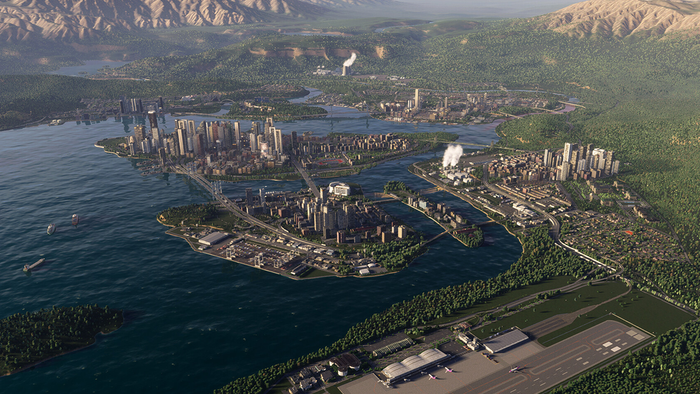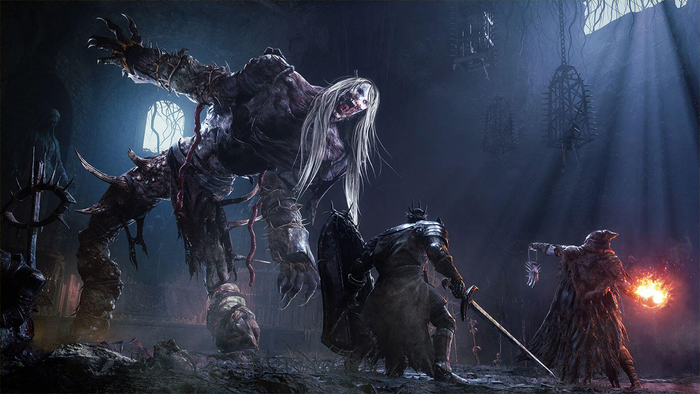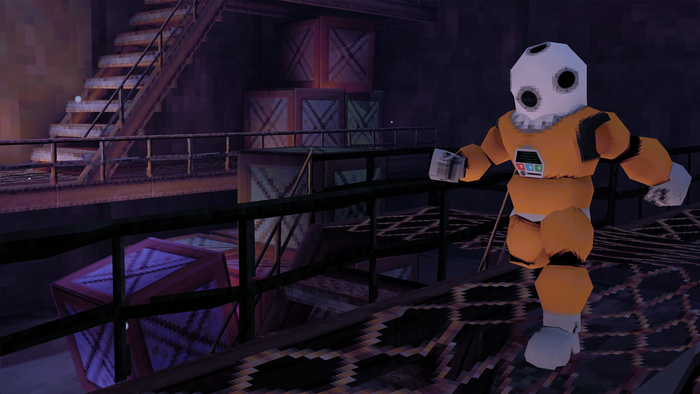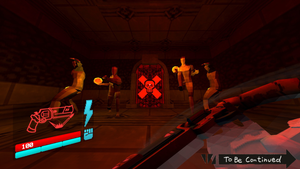Sponsored By
News
Players battling it out in Overwatch 2
Design
Overwatch 2 players who use 'unapproved peripherals' could receive permanent bansOverwatch 2 players who use 'unapproved peripherals' could receive permanent bans
Blizzard will also punish offending players by forcing them to compete against mouse-and-keyboard users.
Daily news, dev blogs, and stories from Game Developer straight to your inbox








































